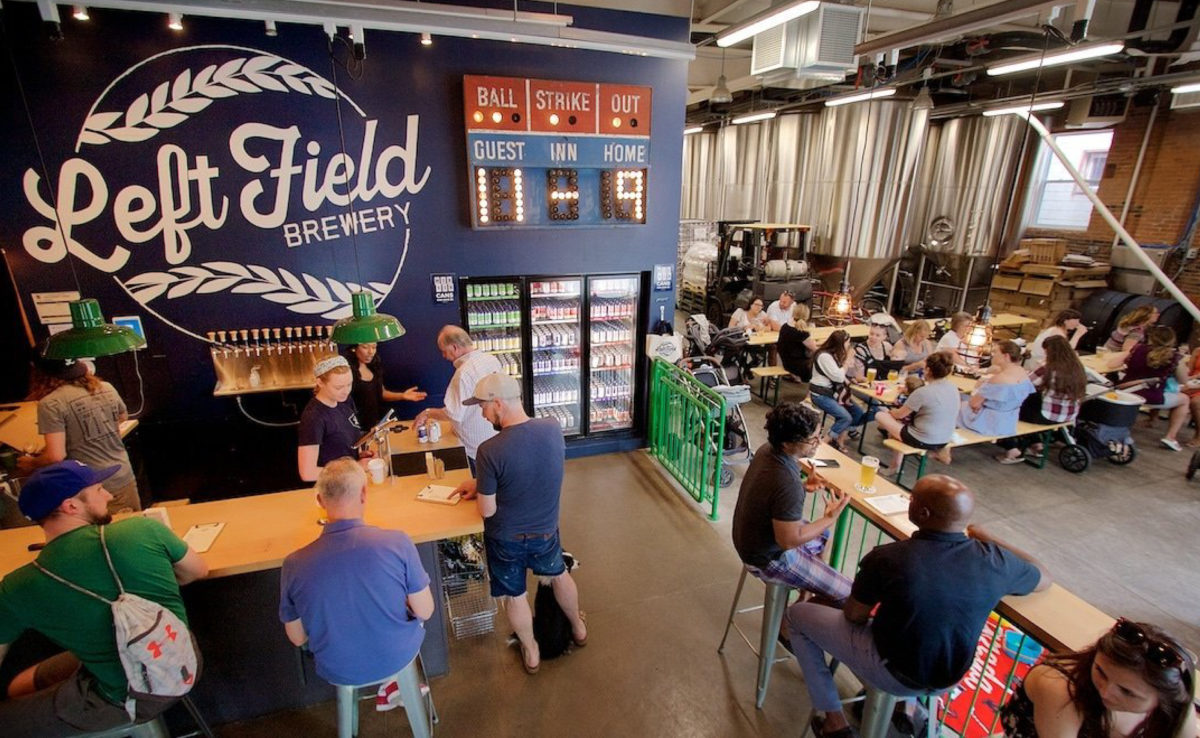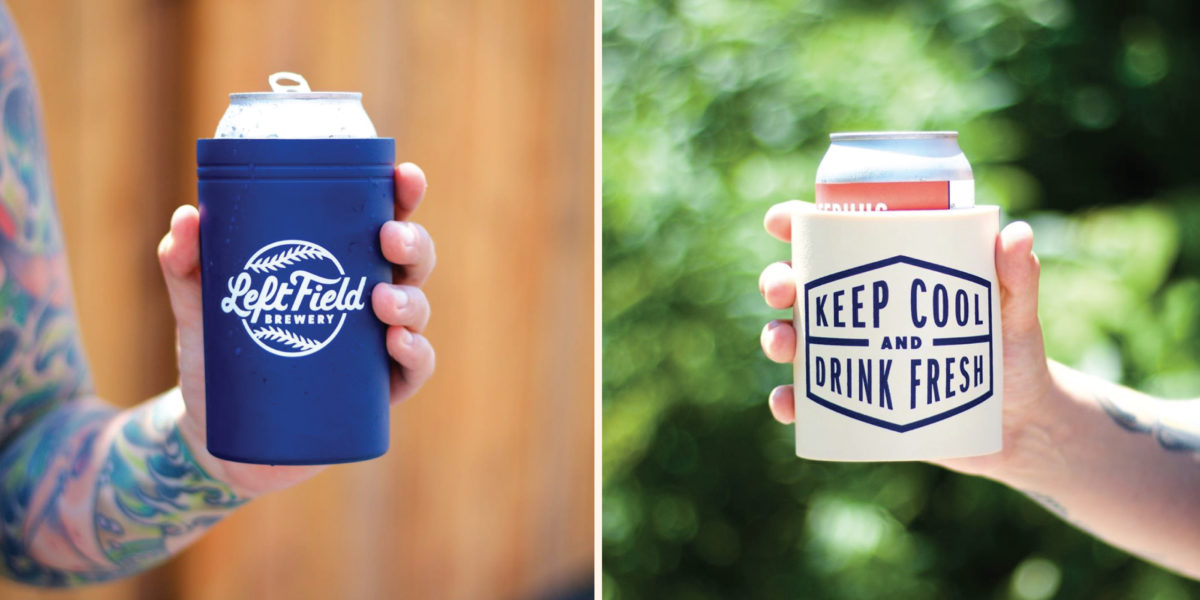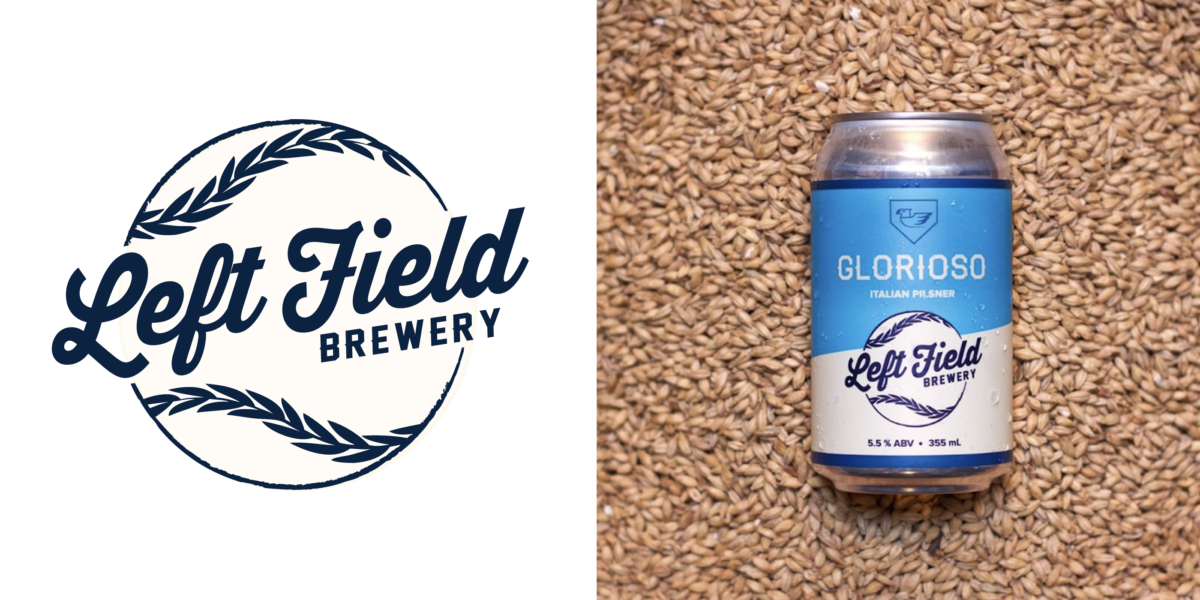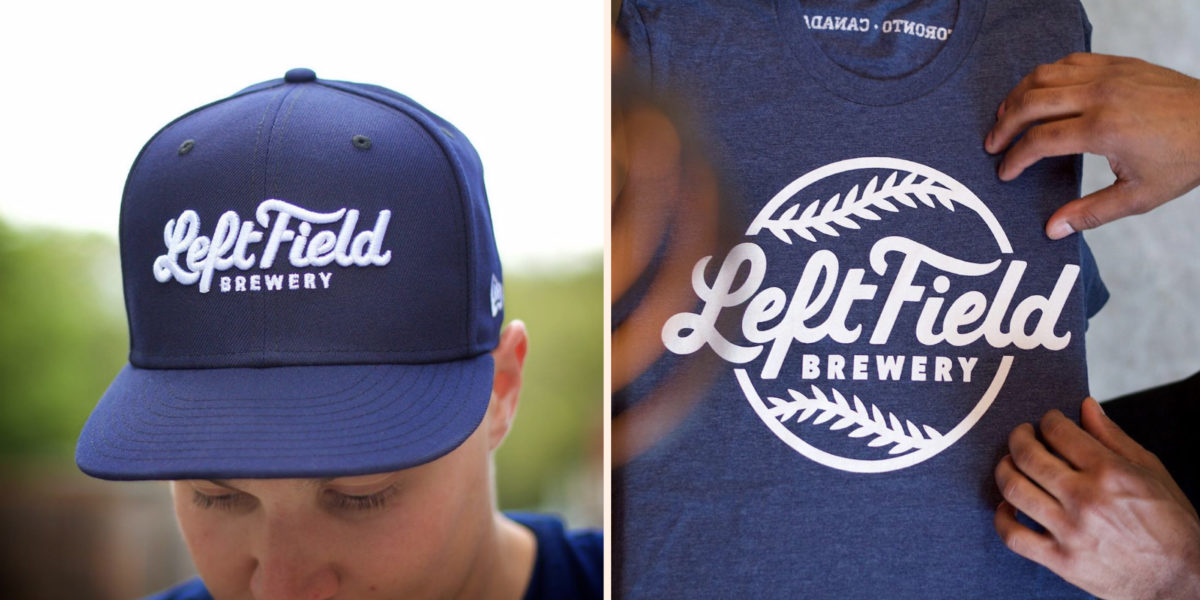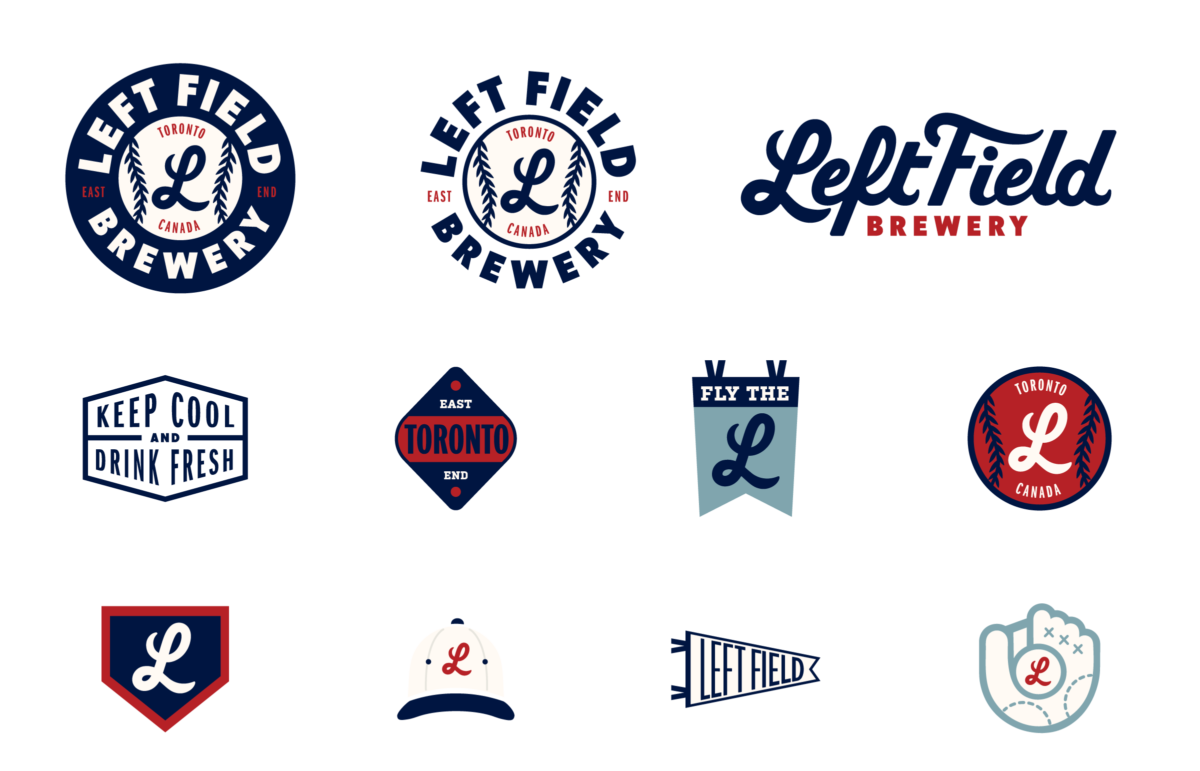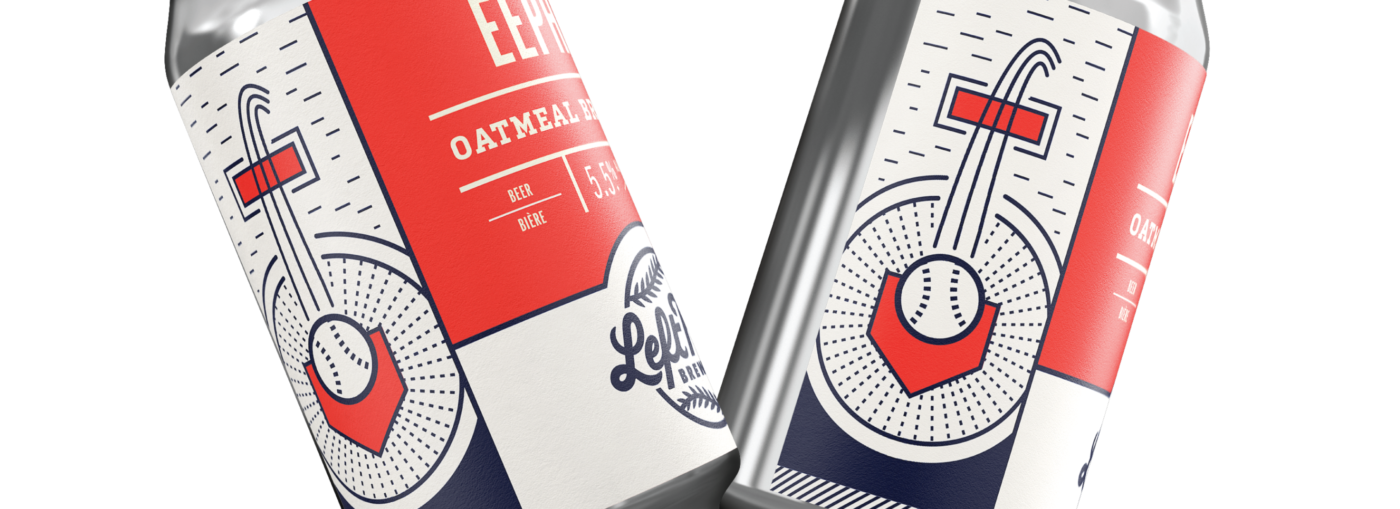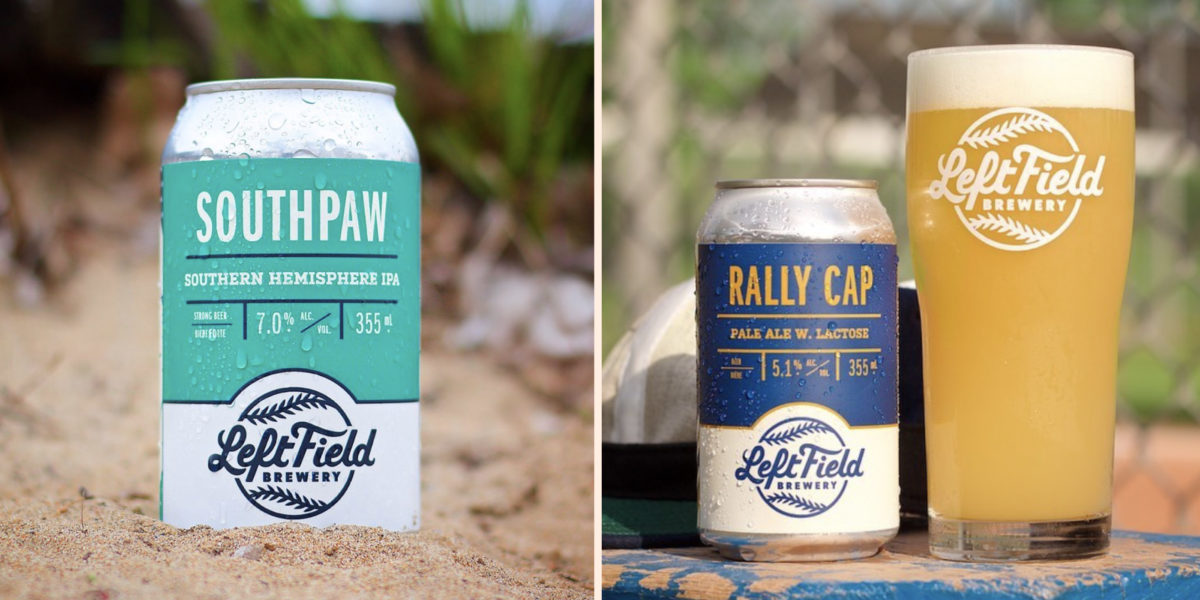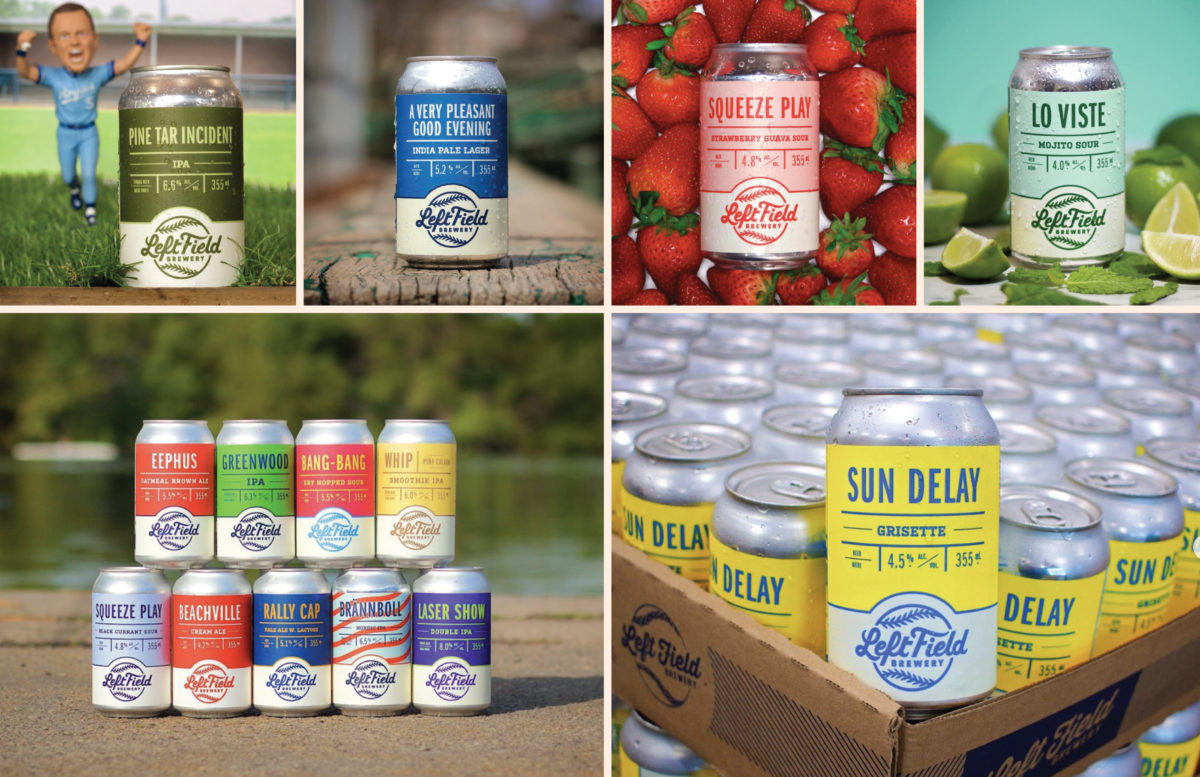Still, there’s plenty to set the city apart. Several years ago, BBC Radio named Toronto the most diverse city in the world. That might sound like hyperbole cooked up by a tourism board, but a short walk around downtown would have you believe it. You might hear five different languages spoken in as many blocks. You can find food, art, or music of pretty much any stripe you can imagine. Toronto is a true international city, and people from basically every walk of life are present and represented. Another thing setting the city apart? Craft beer. Or at least, for an American, it is notable how craft beer is distributed and retailed in Ontario. We’ve travelled to US markets that have state run liquor stores, for example, but nothing quite compares to the stringency of the LCBO application process, and far more consternating, the spartan apathy of the “Beer Store.” More on this later.
Enter Left Field Brewery. Founded by husband and wife team Mark and Mandy Murphy, Left Field has been serving up a fearless mix of eclectic and distinguished beers for residents of the East End area in Toronto. Remember that MLB team I mentioned earlier? Left Field leans into the local baseball culture, but calling them a “baseball-themed” brewery could be selling them short. Sure, they’ve got a repurposed scoreboard in the tasting room displaying their hours. They’ve got baseball posters and the names of their beers pay homage to obscure concepts ripped straight from the dugout. In lesser hands, the baseball theming could easily become clunky and restrictive: But Left Field handles it with a certain amount of reverence. In general, this is the key to their success.
As a (still relatively new) up-and-comer that had built solid in-roads with local craft beer fans, it’s safe to say that they had a good thing going. At first glance, their logo, company name, beer names and general “vibe” hung together well. But leadership also recognized the opportunity in front of them—craft beer is exploding in Toronto, much as it has in the US. Numerous competing products with slick branding are popping up like hoppy little whack-a-moles. Retail placement is increasingly contentious, and every off-premise tap handle is a battle. Pair this with more practical printing/production issues dogging their original logo artwork, and it became clear: this period of growth is crucial, and things need to change. A brand refresh was in order.
We needed to take stock of Left Field Brewery as it stood, preserve everything that was working well, and tighten up (or jettison) everything that wasn’t. In order to do this, we would need to journey back to Toronto to kick off the project.

